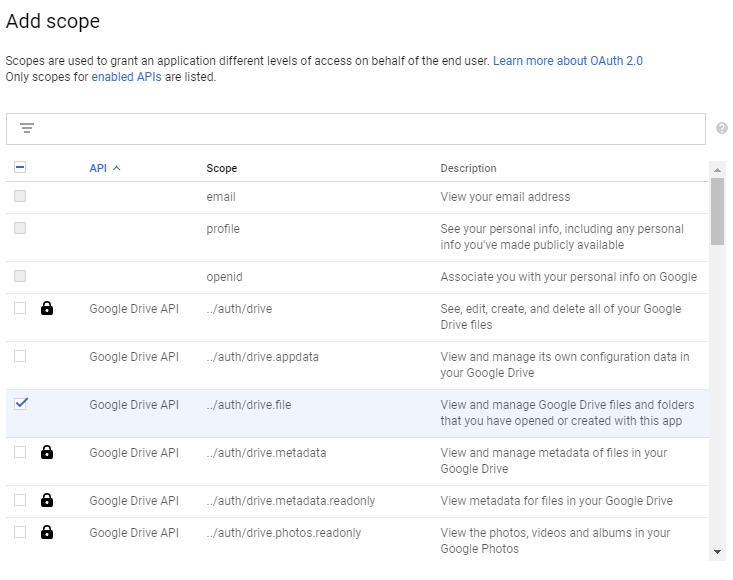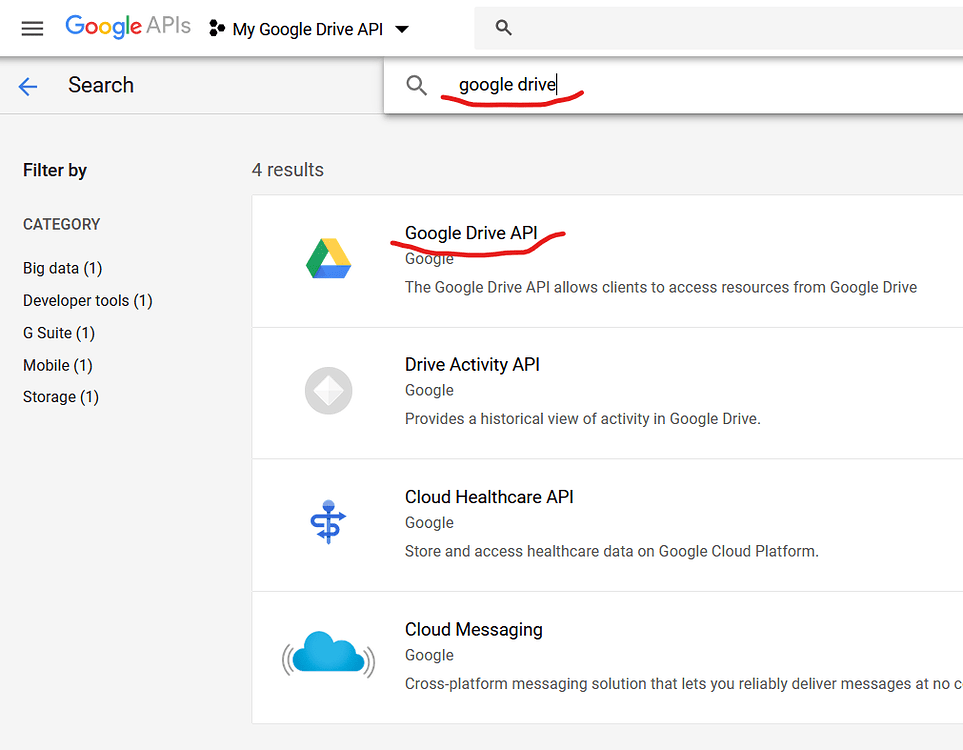

Note: If you're unsure whether OAuth 2.0 is appropriate for your project, select Help me choose and follow the instructions to pick the right credentials. Click New Credentials, then select OAuth client ID.

If the APIs & services page isn't already open, open the console left side menu and select APIs & services.From the projects list, select a project or create a new one.Go to the Google Cloud Platform Console.To create an OAuth 2.0 client ID in the console: Request bodyĭo not supply a request body with this method.To use OAuth 2.0 in your application, you need an OAuth 2.0 client ID, which your application uses when requesting an OAuth 2.0 access token. For more information, see the authentication and authorization page. Some scopes are restricted and require a security assessment for your app to use them. This request requires authorization with at least one of the following scopes: Scope Issue the request as a domain administrator if set to true, then the requester will be granted access if the file ID parameter refers to a shared drive and the requester is an administrator of the domain to which the shared drive belongs. Whether the requesting application supports both My Drives and shared drives.ĭeprecated use supportsAllDrives instead. This should be set to the value of 'nextPageToken' from the previous response. The token for continuing a previous list request on the next page. When not set for files that are not in a shared drive, the entire list will be returned.Īcceptable values are 1 to 100, inclusive. When not set for files in a shared drive, at most 100 results will be returned. The maximum number of permissions to return per page. Specifies which additional view's permissions to include in the response. For more information, see Return specific fields for a file. For development you can use the special value * to return all fields, but you'll achieve greater performance by only selecting the fields you need. If not specified, the response includes a default set of fields specific to this method. The paths of the fields you want included in the response. Request HTTP request GET fileId/permissions Parameters Parameter name Lists a file's or shared drive's permissions.


 0 kommentar(er)
0 kommentar(er)
